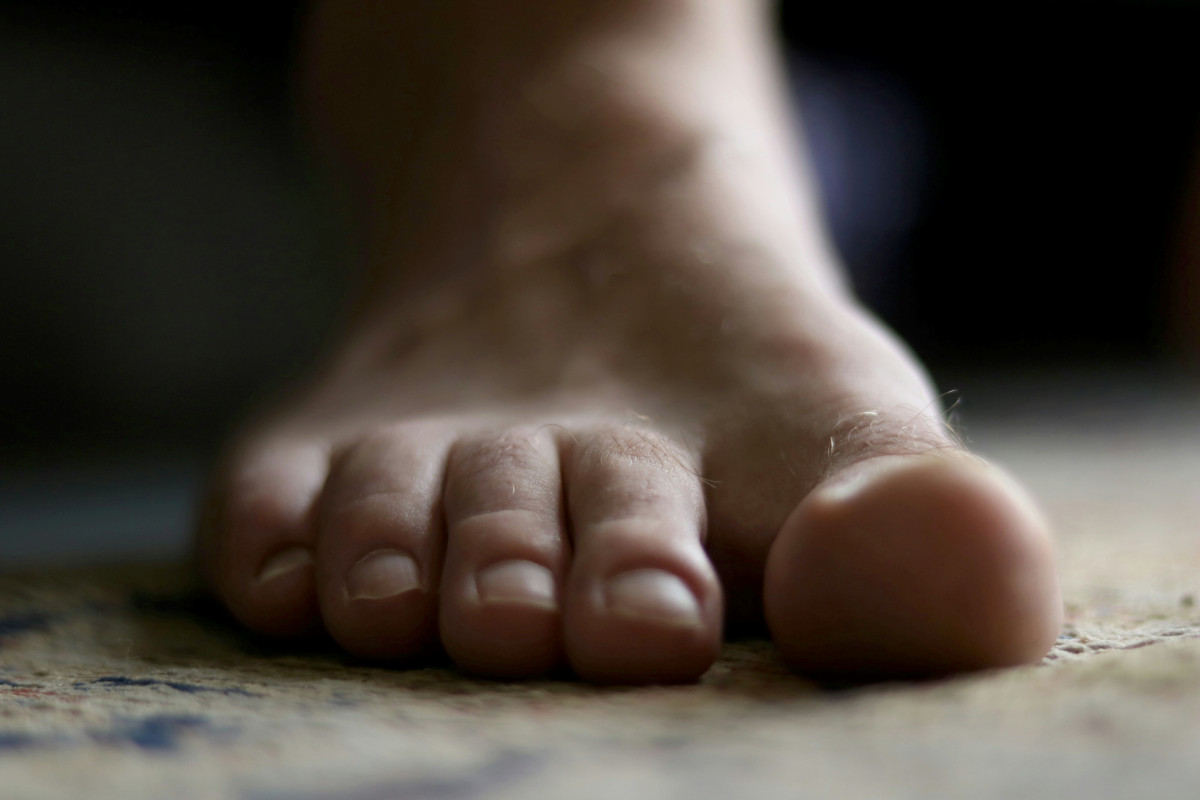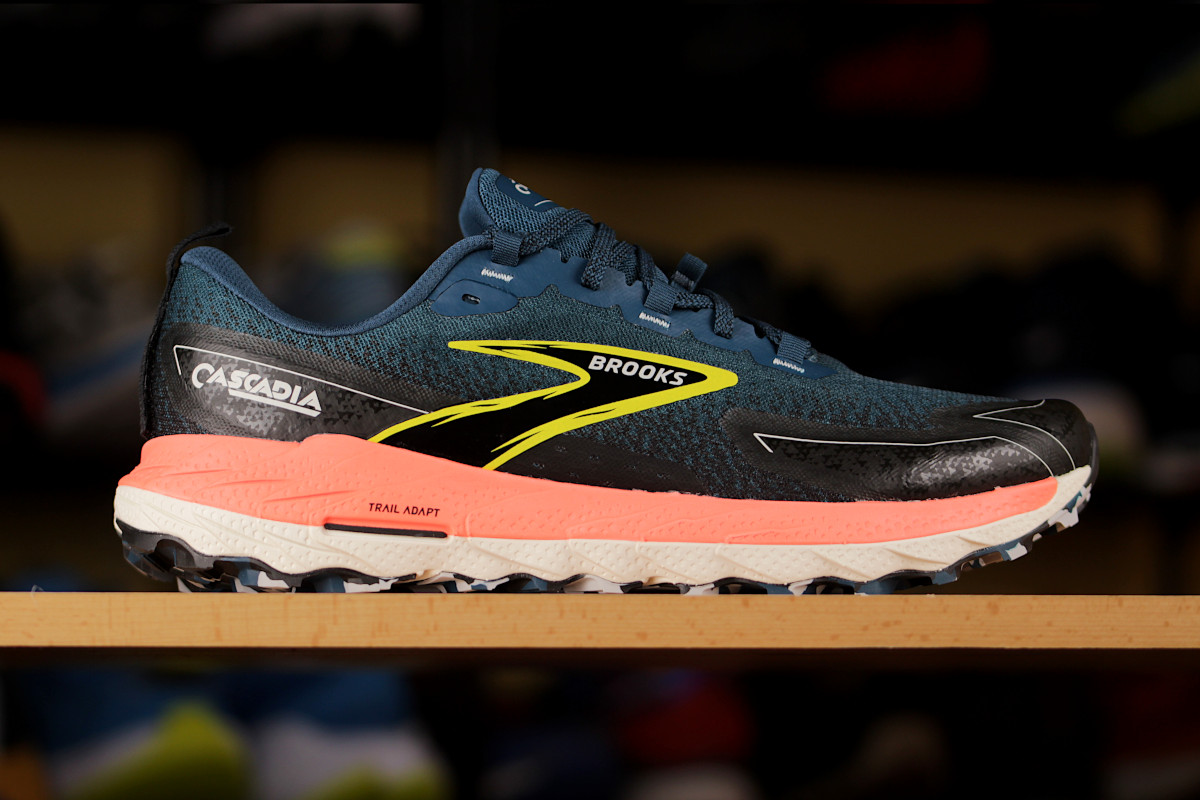Without feet, we would not be able to stand, walk or run. Although these are relatively small parts of our body, they support its entire weight. If we take a closer look at them, we will notice that they have an extremely complex construction. Using both my own knowledge and the Internet, I have collected some interesting facts about our feet, which show how extraordinary our feet are and how much we owe them.
First, the basics…
3 support points – although it may seem that the entire foot is touching the ground, in reality a healthy foot rests on three points: the heel bone, the head of the first midfoot bone and the head of the fifth midfoot bone.
3 arches of the foot – just like the three support points, a healthy foot has three arches that support its construction: the transverse arch, the medial longitudinal arch and the lateral longitudinal arch. These arches support the entire foot. When the transverse arch is lowered, we are dealing with transverse flatfoot, and when the medial longitudinal arch is lowered, we are dealing with longitudinal flatfoot.
26 bones – or 26 building blocks form a construction based on three points and spread over three arches of the foot. This is probably the simplest parameter to describe our feet. That’s how many bones we have in each foot. From the smallest in the phalanges to the largest – the heel bone.
33 joints – in order for the bones to move in relation to each other, joints are also needed, and there are exactly 33 of these. There are many more than you might think when looking at your own foot. It is not only the ankle joint and the joints that allow the toes to bend…
21 muscles – their main function is to support the arch of the foot and move the toes. Most of these are soleus muscles. There are only two on the instep of the foot – the extensor hallucis longus and the extensor digitorum.
107 tendons – that’s about the number (because you can also find the term “over a hundred”) of tendons that hold it all “together”.
Not just bones and joints!
8,000 – the number of nerve endings in our feet. That’s why they are so sensitive. And ticklish.
1,600 meters – the total length of all nerves.
250,000 – the number of sweat glands in your feet. Considering that the average person has between 1.5 and 5 million of these in their skin, this is not that many.
500 milliliters – this is how much sweat your feet can produce in a day, which is equivalent to the volume of a can of Coke. When running, this amount can be even higher.
We are always on the move!
4,000 – 6,000 steps – the average number of steps an adult takes in a day. Runners far exceed this average and also increase other physical activity statistics.
60 – 80 cm – the average length of a step when walking. When running, our steps are naturally much longer.
123,000 kilometers is the distance an average person covers in their lifetime. Assuming 6,000 steps a day with an average length of 70 cm for 80 years, the average person will march the distance equivalent to three times around the globe along the equator.
Pronation and other foot types
15% – this is the angle that separates a neutral foot from an overpronated one. This is not a “fixed” value, but the boundary is roughly in this area. If the angle between your heel and the vertical is greater than fifteen percent, we call this overpronation. If it is less, we call it a neutral foot.
20-30% – this is the percentage of people who suffer from overpronation. The key word here is “over”, because pronation itself is a natural phenomenon that occurs in almost all people, including runners.
70% – this is the percentage of the population with an “Egyptian” foot, which means that their big toe is the longest and the other toes are successively shorter.
20% – this is the percentage of the population with a “Greek” foot, which means that their second toe is the longest (longer than the big toe) and the other toes are successively shorter.
10% – this is the percentage of the population with a “Roman” foot, meaning that the first three toes are almost the same length. Only the fourth and fifth are clearly shorter. This is the rarest type of foot.




